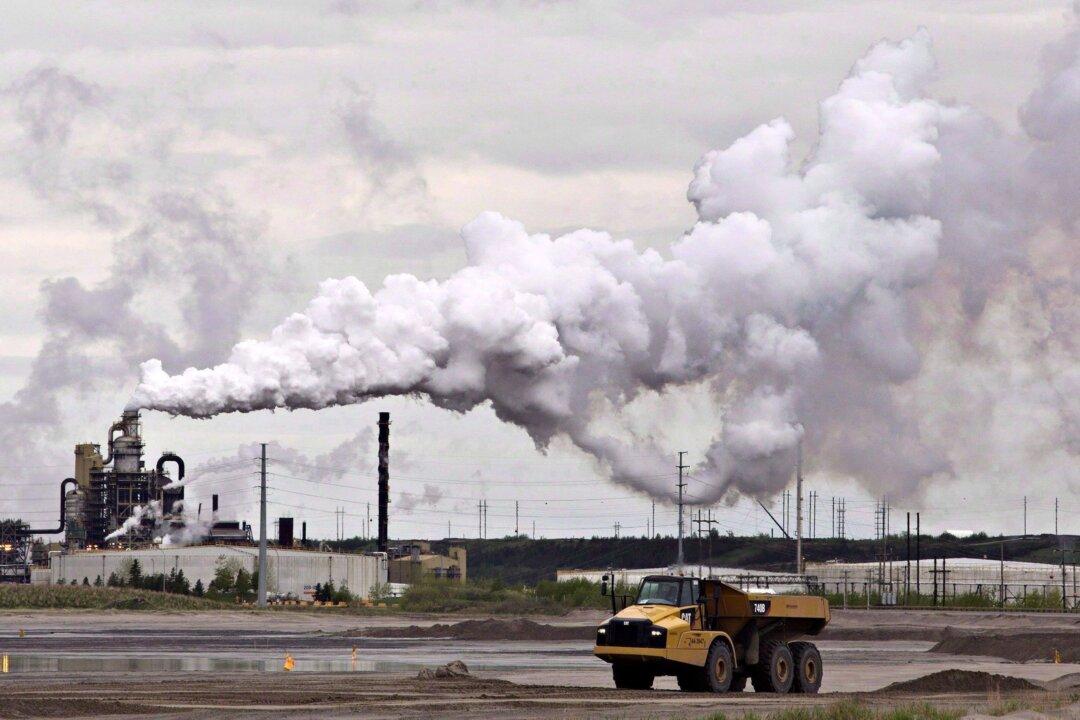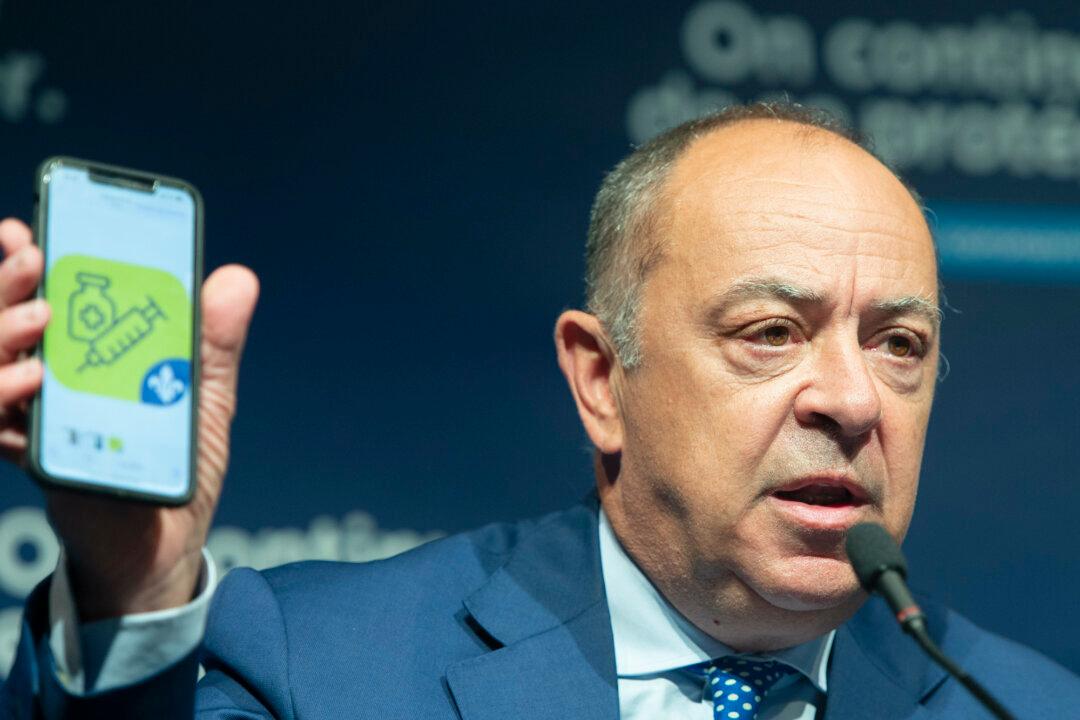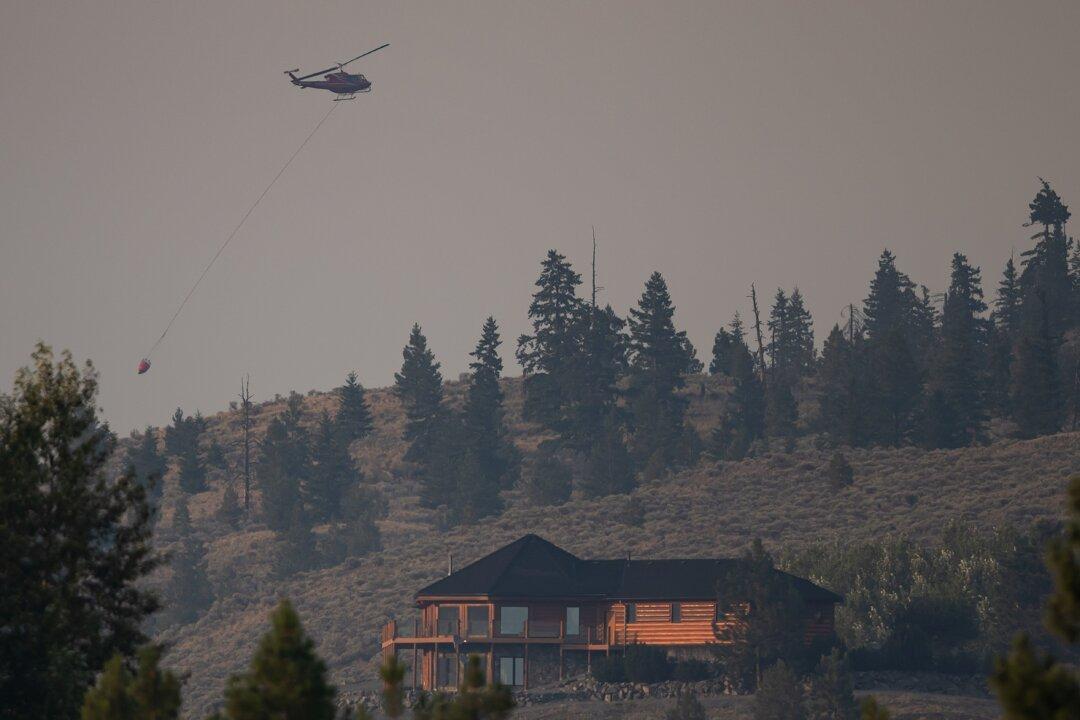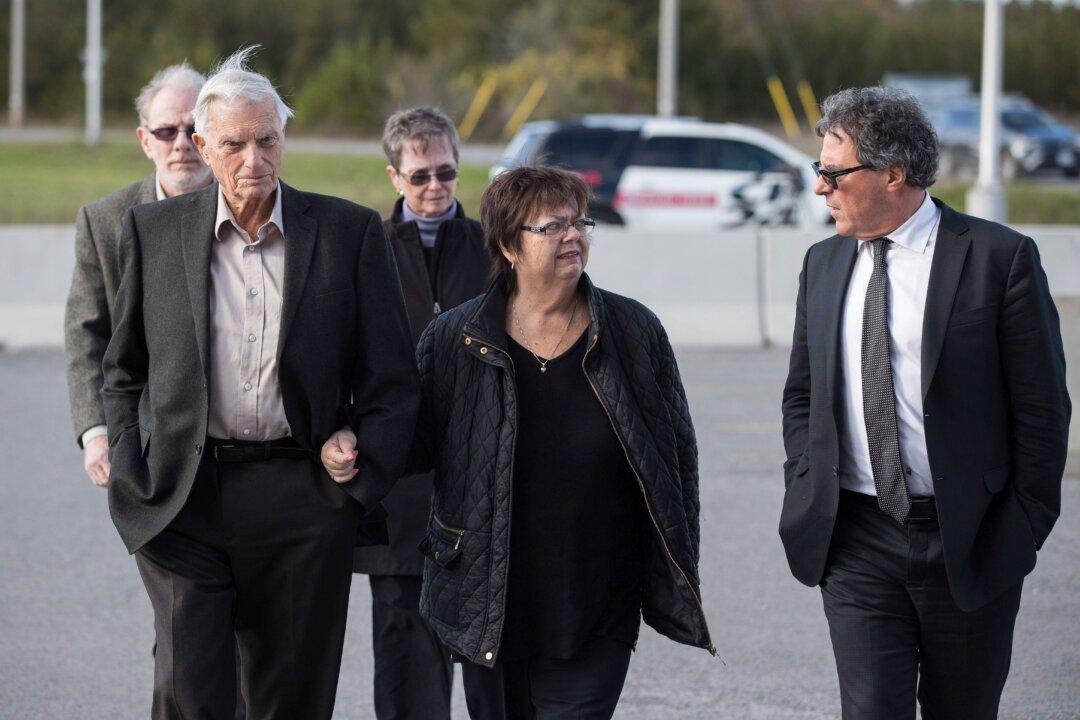As rock-bottom oil prices collided with Canada’s economic shutdown over measures to slow the COVID-19 outbreak, Alberta’s moribund oilpatch got a boost from the province’s taxpayers in what industry-watchers agree is smart policy.
On March 31, Alberta Premier Jason Kenney formalized a $1.5 billion equity stake and a $6 billion loan guarantee for the on-again-off-again Keystone XL pipeline.





